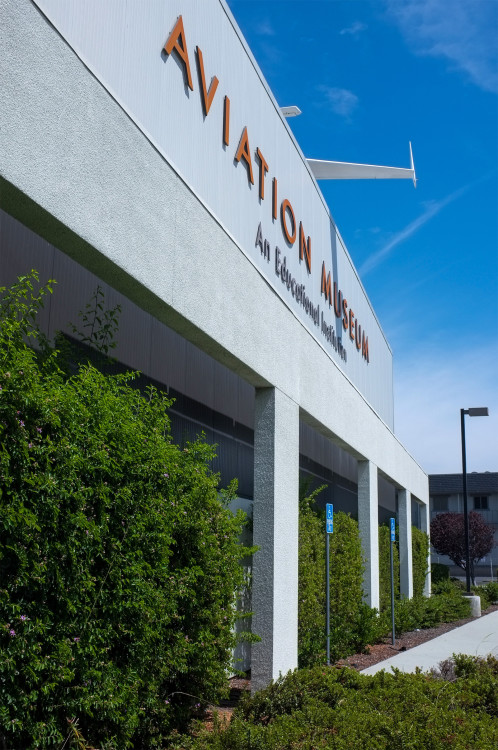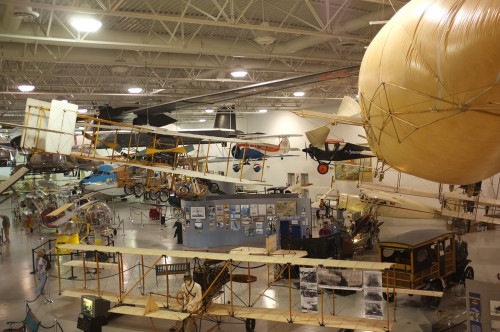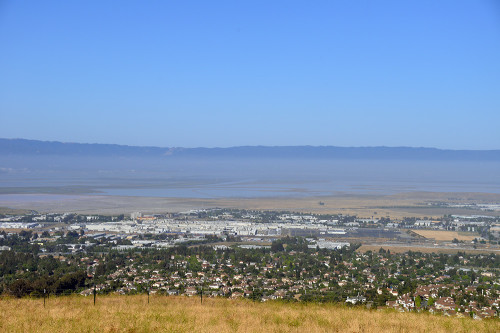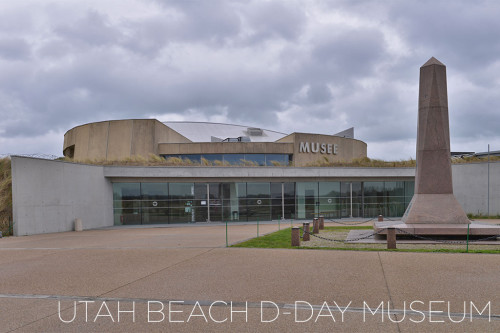I’m not a purist when it comes to Chinese food. Having grown up in America in the 1970s, I am accustomed to food that doesn’t taste quite like it does in China or Hong Kong. However, nowadays, the options are plentiful and the quality is much improved. When dining out in Chinese restaurants, we even have a selection of different regional cuisines. Yet, old school Chinese restaurants still have a place in my heart.
In a recent adventure to Peru, I could not pass up the opportunity to see the Lima Chinatown. A traditional gate marks the entrance to Chinatown. On it are the characters 中華坊 China Square.
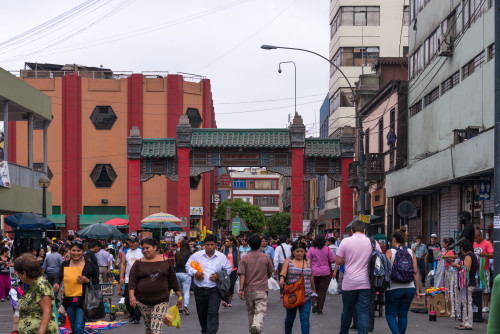
Although the guide books refer to the neighborhood as Chinatown, that would be a term foreign to taxi drivers. The sign posts call this place Barrio Chino.
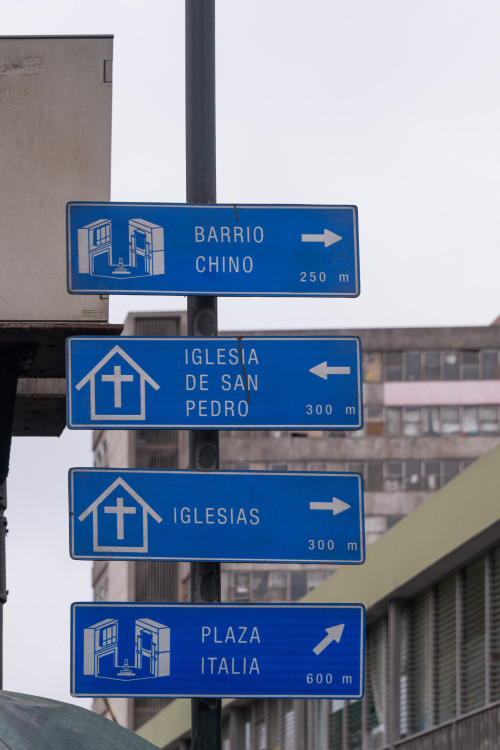
Without a fast data signal, I had to pick a restaurant for lunch by appearances. I saw a lot of ground-level cafes that seemed to offer fast food; i.e., fried rice or noodle plus one protein. Not what I was looking for. Instead, we ended up at Restaurante Salón China (中華樓), which is located on the second floor above a small street-facing bakery. On one side was the buffet offering and on the other side were the few people who were ordering off the menu. Of course, we opted for the traditional restaurant service.
I often joke that I know restaurant Chinese. After all, outside of the house, ordering food at a Chinese restaurant is the only time I ever use Chinese. Well, my restaurant Chinese skills were put to the test because the menu was in Chinese and Spanish. Usually, the fastest way for me to order is to read the English translation and then confirm with the Chinese text to make sure I’ve ordered the correct entrée. No such luck here.
This was the first Chinese restaurant that I’ve been to where the waiter did not speak Chinese. Fortunately, he did speak English, and even knew the names of the dishes in Cantonese. In fact, at first, I had ordered a different beef and noodle dish, but he suggested the beef chow fun (乾炒牛河) dish instead, which came out remarkably well. The flavors were spot on.
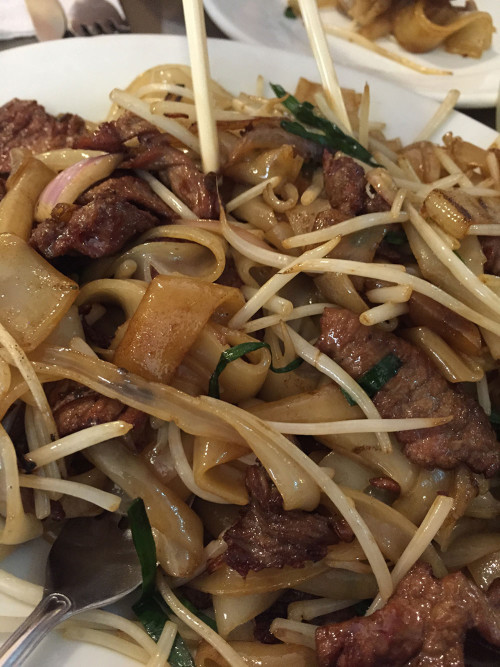
At this point, we were very optimistic. The shrimp cheong fun 蝦腸粉 looked exactly the same as you would get in America.
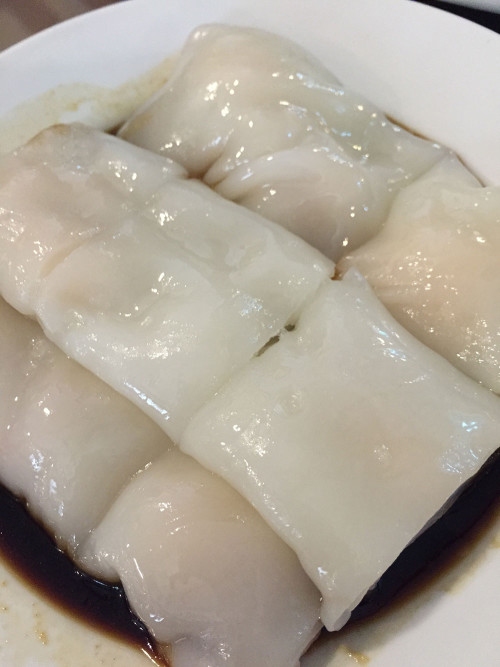
The egg tart 蛋撻 could have been better. That’s not to say that the kids turned it down, but I’ve had and seen better on many occasions.
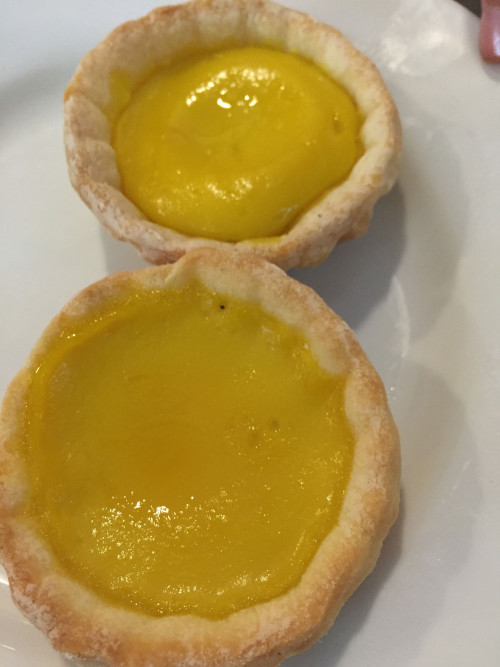
The glutinous rice 糯米雞 was popular with the kids.
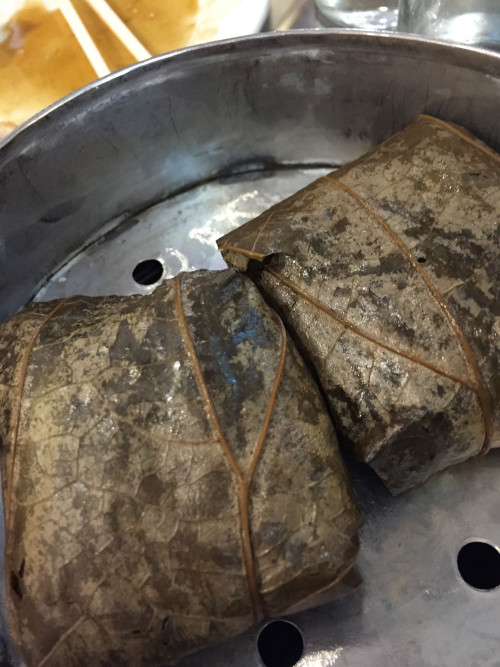
The bean curd skin roll 腐皮卷 was popular with the adults.
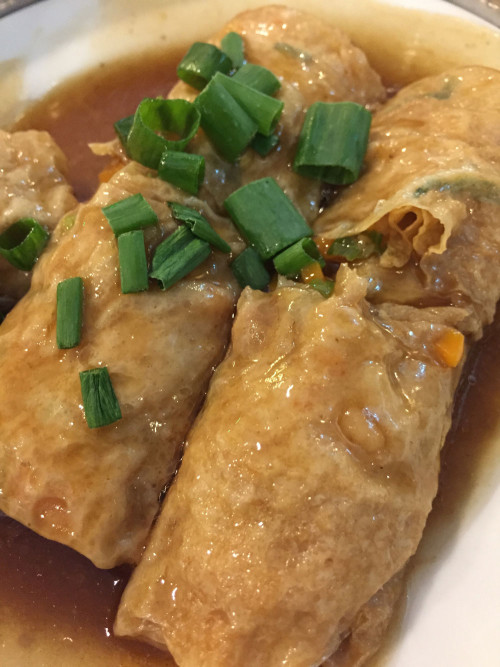
The least liked item was the Shanghai dumpling 小籠包 which was really off in terms of size. There was nothing 小 (small) about the 小籠包. Maybe that was my fault for ordering a Shanghai dish in a Cantonese restaurant.
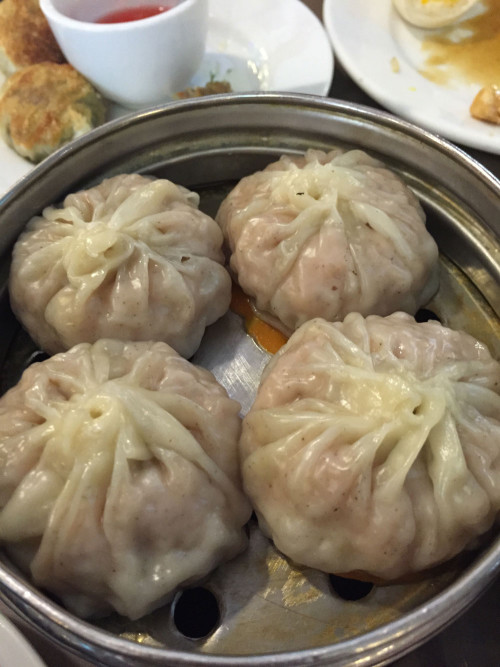
Overall, I was very impressed with the restaurant. It had its highlights, service was attentive, and the exquisite beef chow fun made me feel at home. I didn’t stay in Lima long enough to fully explore the city and see if the best Chinese restaurants are outside of Chinatown, like they are in California. Considering our location, it was a pleasant surprise, and we even received a free Chinese calendar at the end of our meal.














